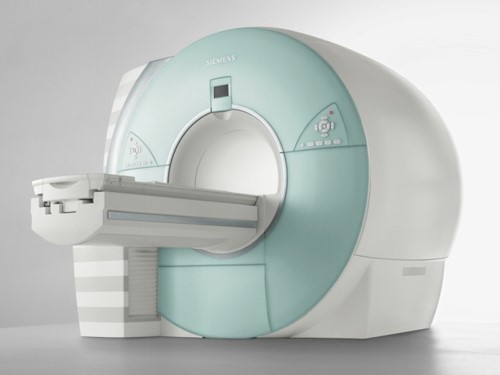16. Pulmonary nodules and masses (PNMs). MRI vs PET-CT (Figure 47-58)
We recently reported that MRI of diffusion-weighted imaging and T2-weighted imaging is superior than FDG-PET/CT for differential diagnosis between lung cancer and benign pulmonary nodule and mass.
Usuda K, Ishikawa M, Iwai S, Yamagata A, Iijima1 Y, Motono N, Matoba M, Doai M, Hirata K, Uramoto H. Pulmonary Nodule and Mass: Superiority of MRI of Diffusion-Weighted Imaging and T2-Weighted Imaging to FDG-PET/CT. Cancers 2021, 13 (20), 5166; https://doi.org/10.3390/cancers13205166
Abstract: The purpose of this retrospective study was to compare the diagnostic efficacy of FDG-PET/CT and MRI in discriminating malignant from benign pulmonary nodules and masses (PNMs). There were 278 lung cancers and 50 benign PNMs that were examined by FDG-PET/CT and MRI. The T2 contrast ratio (T2 CR) was designated as the ratio of T2 signal intensity of PNM divided by T2 signal intensity of the rhomboid muscle. The optimal cut-off values (OCVs) for differential diagnosis were 3.605 for maximum standardized uptake value (SUVmax), 1.459 × 10−3 mm2/s for apparent diffusion coefficient (ADC), and 2.46 for T2 CR. Areas under the receiver operating characteristics curves were 67.5% for SUVmax, 74.3% for ADC, and 72.4% for T2 CR, respectively. The sensitivity (0.658) of SUVmax was significantly lower than that (0.838) of ADC (p < 0.001) and that (0.871) of T2 CR (p < 0.001). The specificity (0.620) of SUVmax was that the same as (0.640) ADC and (0.640) of T2 CR. The accuracy (0.652) of SUVmax was significantly lower than that (0.808) of ADC (p < 0.001) and that (0.835) of T2 CR (p < 0.001). The sensitivity and accuracy of DWI and T2WI in MRI were significantly higher than those of FDG-PET/CT. Ultimately, MRI can replace FDG PET/CT for differential diagnosis of PNMs saving healthcare systems money while not sacrificing the quality of care.

























